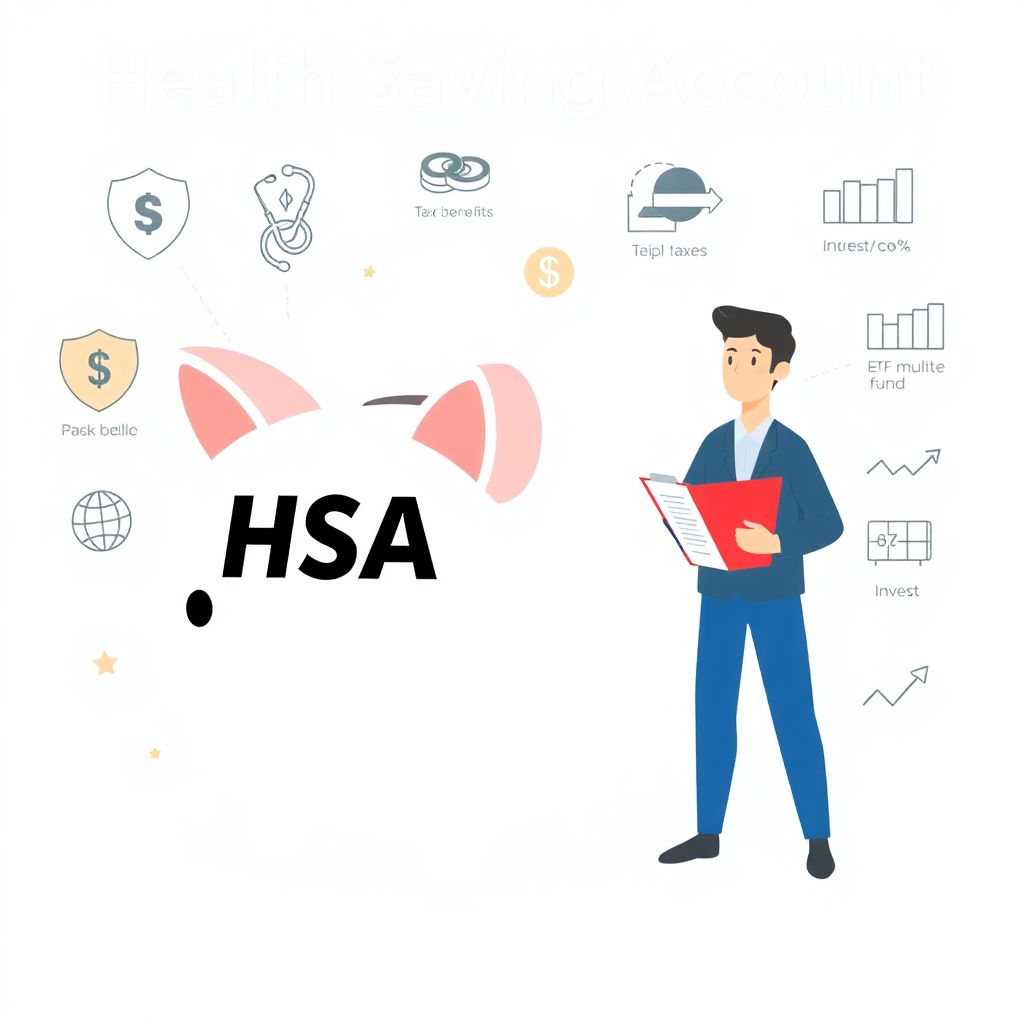Understanding the Basics of Health Savings Accounts (HSAs)
Health Savings Accounts (HSAs) can feel like financial alphabet soup at first glance, but they’re actually one of the most powerful tools for managing healthcare costs—both now and in the future. At their core, HSAs are tax-advantaged savings accounts available to individuals enrolled in high-deductible health plans (HDHPs). The money you contribute can be used for qualified medical expenses, and it comes with a triple tax benefit: contributions are tax-deductible, growth is tax-free, and withdrawals for medical expenses are also tax-free.
But here’s the catch: to use them effectively, you need to understand the rules, limits, and strategies that make HSAs more than just a savings account.
Maximizing Contributions Without Overstepping Limits
Know Your Annual Contribution Limits
Each year, the IRS sets maximum contribution limits for HSAs. For 2024, individuals can contribute up to $4,150, while families can contribute up to $8,300. If you’re 55 or older, you can throw in an extra $1,000 as a catch-up contribution.
To stay on track:
– Regularly check IRS updates on HSA limits.
– Set up automatic monthly contributions to avoid last-minute catch-ups.
– Use employer contributions wisely—they count toward your annual limit.
Expert Tip: Front-Load When Possible

Some financial advisors suggest front-loading your HSA at the beginning of the year. Why? The earlier your money is in the account, the longer it has to grow tax-free. Just be sure you remain enrolled in an HDHP for the entire year, or you might face penalties.
Spending vs Saving: Finding the Right Balance
Use It Now or Save It for Later?
One of the biggest dilemmas HSA users face is whether to spend the funds on current medical expenses or let the account grow for future use. While it’s tempting to use the money immediately, letting your HSA grow can turn it into a stealth retirement account for healthcare costs.
Here’s how to strike a balance:
– Pay for small medical expenses out of pocket if you can afford it.
– Save receipts—you can reimburse yourself years later if needed.
– Invest your HSA funds once you’ve built a cash cushion (usually $1,000–$2,000).
Expert Tip: Treat Your HSA Like a Roth IRA for Healthcare
Many financial planners recommend thinking of your HSA as a long-term investment vehicle. Unlike a Flexible Spending Account (FSA), your HSA funds roll over year to year and can be invested in mutual funds or ETFs. The earlier you start investing, the more powerful the compounding effect.
Smart Investing Inside Your HSA
Don’t Let Your HSA Sit Idle
A common mistake is letting HSA funds sit in a low-interest cash account. While it’s important to keep some cash for short-term medical expenses, the rest should be working for you.
To make the most of your HSA:
– Check if your HSA provider offers investment options.
– Choose low-fee index funds or ETFs for long-term growth.
– Rebalance your portfolio annually, just like you would with a 401(k).
Expert Tip: Use a Two-Tier Strategy
Some HSA experts suggest a two-tier approach: keep enough in cash to cover your deductible, and invest the rest. This way, you’re protected in case of a medical emergency but still growing your savings efficiently.
Staying Compliant and Avoiding Penalties
Understand What Counts as a Qualified Expense
Not every health-related purchase qualifies for tax-free HSA withdrawals. The IRS provides a list of eligible expenses, which includes things like doctor visits, prescriptions, and even some over-the-counter drugs—but not gym memberships or cosmetic procedures.
To stay compliant:
– Keep all receipts and documentation.
– Use your HSA provider’s debit card to simplify tracking.
– Consult IRS Publication 502 for the most current list of qualified expenses.
What Happens If You Use It Incorrectly?
Using HSA funds for non-qualified expenses before age 65 triggers a 20% penalty plus income tax. After 65, you can withdraw funds for any purpose without penalty—but non-medical withdrawals will still be taxed as income.
Planning for the Long Term
Think Beyond This Year’s Expenses
HSAs aren’t just for short-term savings. In fact, they can serve as a powerful part of your retirement strategy. After age 65, you can use HSA funds for non-medical expenses without penalty (though you’ll pay income tax). This makes them a versatile tool alongside your 401(k) or IRA.
Long-term strategy tips:
– Continue contributing to your HSA even if you’re healthy.
– Factor your HSA into your retirement income plan.
– Use it to cover Medicare premiums and other healthcare costs in retirement.
Expert Tip: Coordinate With Your Financial Advisor

An HSA can complement your broader financial plan, but only if it’s managed properly. A financial advisor can help you decide how much to contribute, when to invest, and how to incorporate it into your retirement strategy.
Final Thoughts: Make Your HSA Work Smarter
Health Savings Accounts are more than just a place to stash cash for your next doctor visit. When used strategically, they can become a tax-efficient powerhouse for both current and future healthcare needs. By understanding the rules, investing wisely, and planning long term, you can turn your HSA into one of the most flexible tools in your financial toolkit.
Remember: the key isn’t just having an HSA—it’s knowing how to use it effectively.

